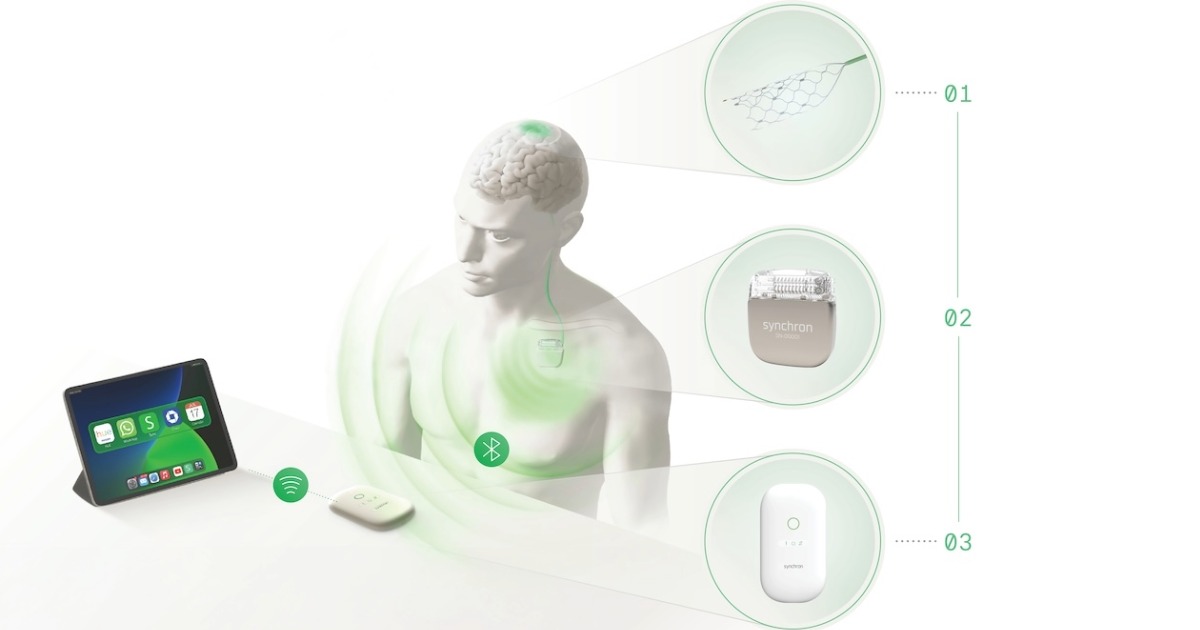With more and more of healthcare becoming mobile and safety threats increasing on an almost daily basis, a group of stakeholders is sounding the call for a federal safety center for health IT.
That was the consistent drumbeat during a three-day workshop focusing on the U.S. Food and Drug Administration's Safety and Innovation Act (FDASIA) efforts. Among the attendees were members of the Federal Communications Commission and Office of the National Coordinator for Health IT.
“This safety center needs to be in place as soon as possible,” said Michael Hodgkins, MD, chief medical information officer at the American Medical Association, adding that it will be “where the rubber meets the road.”
Regulating HIT – and mHealth in particular – took center stage on April 1 when the FDASIA report was released. Mandated by The Food and Drug Administration Safety Innovation Act of 2012, the report proposes strategy and recommendations on an appropriate, risk-based regulatory framework for health IT that promotes innovation, protects patient safety and avoids regulatory duplication.
“This isn’t about government working in isolation, this is about the health IT ecosystem working collaboratively together to have a framework in place for ongoing success,” said Jeffrey Shuren, MD, director of the FDA's Center for Devices and Radiological Health.
The FDA, ONC and FCC, in fact, have established a memorandum of understanding to ensure greater interaction between the three agencies on health IT issues and will be adding other federal partners, Shuren said
During the workshop’s kick-off, panelists bantered about what is most at stake.
Morgan Reed, representing ACT, a mobile app association, said the risk-based emphasis is a good place to start, but the context in which an app is used is also important. A sensor may act as a medical device in a hospital, for instance, but not necessarily as a medical device when used in a consumer’s home.
It’s hard to know where the issues of concern are with health IT and medical apps without reporting of near-miss incidents, said Janet Marchibroda, director of the Health Innovation Initiative at the Bipartisan Policy Center. “This is a loose framework that allows you to learn, adjust and apply,” she said.
Trust is the issue, according to Paul Brown, government relations manager at the National Research Center for Women & Families. It goes back to enforcement. What if an app developer doesn’t want to voluntarily get certified or tested or voluntarily report incidents?
Tom Leary, vice president of government relations for HIMSS, said it’s important to focus on the unique capabilities of health IT.
“What everyone keeps coming back to is intended use and capability,” Leary said.
What everyone did agree on at the workshop was the need for an HIT safety center.
“We are committed to the safety center,” said Jodi Daniel, director of the ONC’s office of policy planning. She pointed out that the ONC put money into this year’s federal budget to fund the center, which will provide “a venue for learning.”
The question, however, is how the center will function. Those attending the workshop were adamant that the center should not play any role as an enforcer, but should rather serve as a convener and a gatherer of data on safety incidents.
Marchibroda urged the government to leverage existing processes and systems rather than create something from scratch. The center should complement other groups, added William Maisel, MD, chief scientist with the FDA’s Center for Devices and Radiological Health.
David Mayer, managing director of the National Transportation Safety Board. Offered advice on industry safety methods from his own experience: Only have as much governance as is absolutely necessary, and make sure the participants get something that they cannot find elsewhere.
Ideally, participating organizations would use the information gathered by the center to implement health IT “better, faster, cheaper and safer,” said Matt Quinn, the FCC’s director of healthcare initiatives.
The ONC, for its part, would like to see the center provide what Daniel called the three “Es” – education, engagement and evidence.
But getting good data will be hard, some contended, unless the disclosers feel safe and recognize what is to be gained in return for participating.
“It needs to be a value proposition,” Marchibroda said.
The federal government is seeking comments on the FDASIA report through July 7.
(Editor's note: This edited story first appeared as two separate stories in Government Health IT, a sister publication of the HIMSS Media Group)


